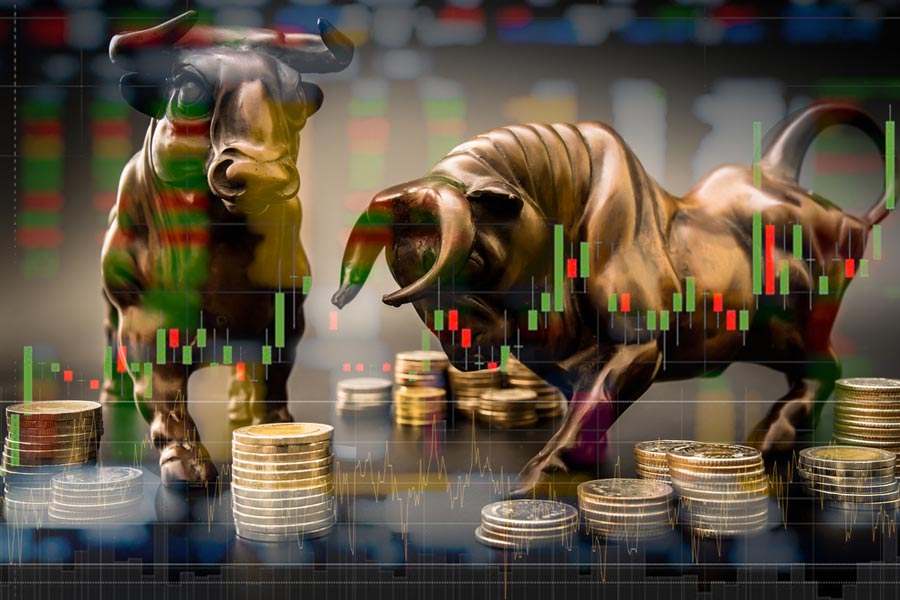It was Black Monday followed by Grey Tuesday as India’s stock markets stayed in the red for a second straight day even as other Asian markets staged a healthy bounceback.
And the future’s looking rocky for investors. What’s called the VIX or the Nifty’s volatility index climbed by over 50 per cent which is the steepest rise since 2015. That indicates that the markets are expected to be exceptionally turbulent in the coming months.
On Tuesday, the Indian markets, encouraged by buoyancy in the Hong Kong and Far Eastern markets like Japan and Korea, started out by staging a healthy recovery but then did an abrupt about-turn and closed the day back in the red once again.
The BSE Sensex lost 166 points or a fifth of a percentage point lower on top of the 2,2223-point crash on Monday – the second-highest one-day loss in the market’s history.
The NSE closed at 23,992 after opening at 24,189 on Tuesday.
“The domestic market tried to rebound, mirroring the Asian markets. However, the momentum was short-lived and closed below the threshold level of 24,000,” said Vinod Nair, head of research at Geojit Financial Services.
“Investors are watching the appreciating yen, weak US economic data, and rising geopolitical tensions,” he added.
Banking and auto industry stocks had a particularly tough time Tuesday with key counters continuing to fall. HDFC fell nearly 1 per cent and Maruti reversed gains and tumbled by 797 points or 6.15 per cent.
Foreign investors pulled out Rs 10,074 crore from the Indian markets on August 5 and that was the highest outflow since June 4 soon after the election results were announced.
However, this was matched by domestic institutional investors who poured in Rs 9,156 crore. Analysts believe the inflow from domestic investors will prevent the Indian markets from falling too steeply.
Trading had opened on a positive note, after seeing surging markets across Asia which opened several hours before India.
In Japan the Nikkei climbed by a feisty 10 per cent, making up a large chunk of the losses that had blown the market apart on Monday when it tumbled by 13 per cent.
Similarly, South Korea’s Kospi clambered up 4 per cent after losing 5 per cent yesterday and 3 per cent on Friday. Trading stopped briefly on Monday morning after the market slid downwards.
In the US, the Dow Jones threw world markets into panic on Monday when it fell by 610 points or 1.51 per cent. At its worst point, it was down by over 900 points. Even more alarmingly, New York’s tech-heavy Nasdaq was down 2.43 per cent to close at 16,776.
The Dow Jones and the Nasdaq set global trends and lead the way for markets around the world.
Indian analysts are still optimistic about local markets, however, because small investors even from second and third level cities have begun investing in stocks and mutual funds and about $2 billion is pouring in every month.
A combination of factors came together on Monday to send global markets into a tailspin. The raising of Japanese interest rates particularly spooked markets globally.
For a decade, traders have been borrowing from Japan where interest rates have been close to zero. The rising value of the Japanese yen meant many market players who had been involved in what’s called the yen carry-trade were staring at potential losses.











